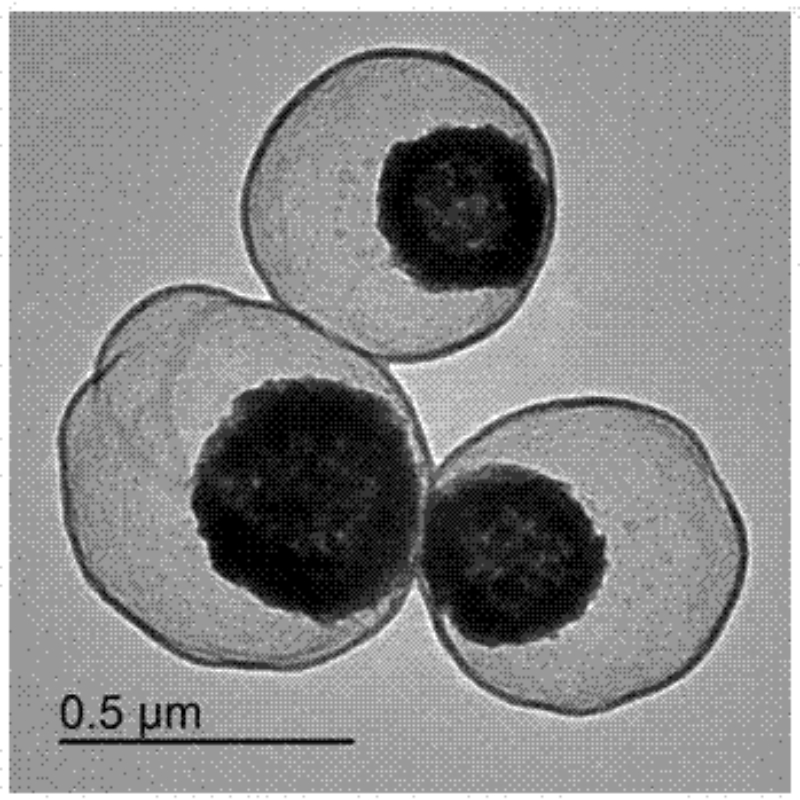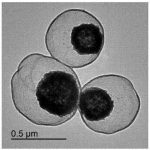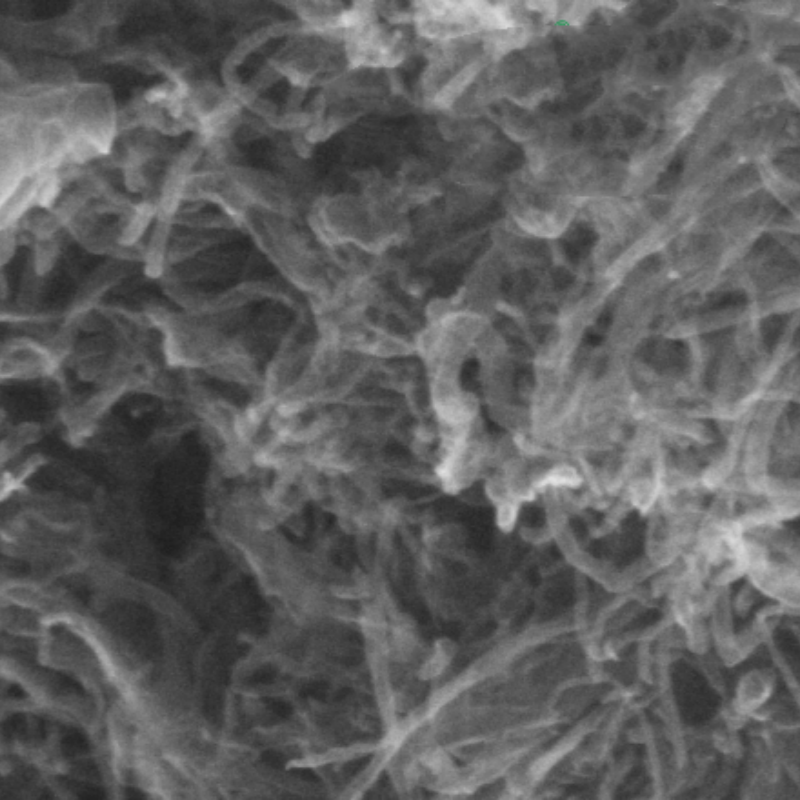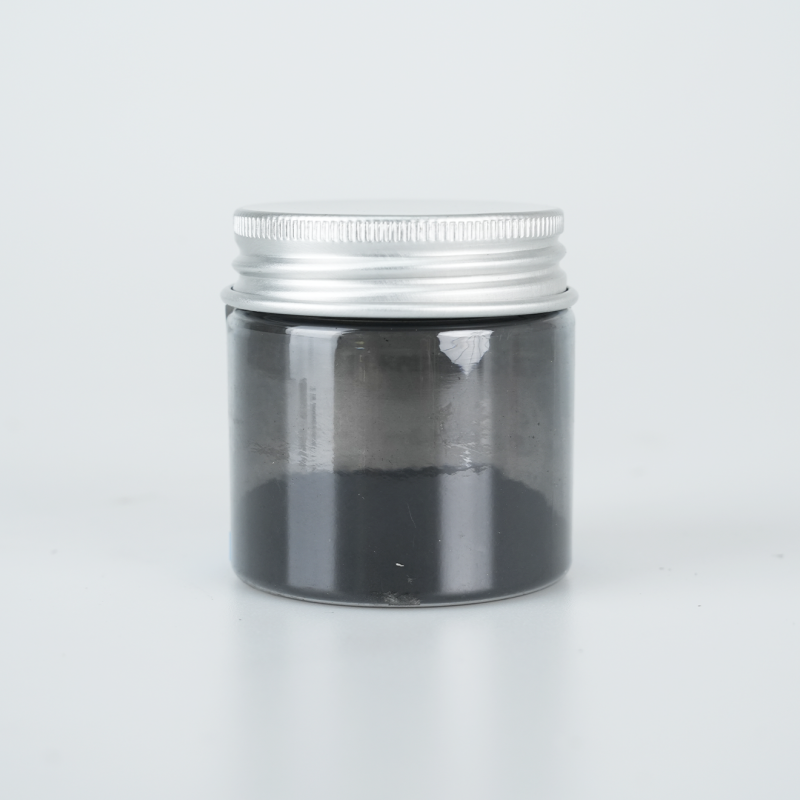Carbon nanocages provide optimized porosity, superior electrochemical properties, and enhanced molecular adsorption. Designed for energy storage and catalytic applications, they ensure efficient ion transport, extended stability, and high adaptability.
Product Overview
Carbon nanocages are a type of nanostructure made from sp2-hybridized carbon shells, with a hollow interior that may feature defective microchannels. Their unique hollow structure and high specific surface area enable excellent performance in applications such as electrochemical energy storage, catalyst supports, and more. These materials are typically synthesized using methods like metal reduction and chemical vapor deposition (CVD). The structure of carbon nanocages provides multiple pathways for ion and electron transport, significantly enhancing their electrochemical performance and catalytic efficiency.
Key Features
- High Specific Surface Area:The hollow structure results in an exceptionally high surface area, boosting active site density and electrochemical performance.
- Excellent Conductivity and Thermal Stability:The graphite shell provides outstanding conductivity and chemical stability, making them advantageous in energy storage and conversion applications.
- Tunable Electronic Structure:By doping with elements like nitrogen and oxygen, the electrochemical performance of carbon nanocages can be further optimized.
- Multifunctionality:In addition to being used as electrode materials, carbon nanocages also serve as effective catalyst supports, enhancing catalyst stability and activity.
Applications
- Electrochemical Energy Storage and Conversion:Used in lithium-ion batteries, supercapacitors, and fuel cells as electrode materials or catalyst supports, improving energy density and charge/discharge rates.
- Catalyst Supports:With their high specific surface area and excellent conductivity, carbon nanocages are widely employed as supports for catalysts, improving catalyst dispersion and stability.
- Photothermal Catalysis:Nitrogen-doped carbon nanocages exhibit outstanding performance in photothermal CO2 catalysis, enhancing photothermal conversion efficiency.
- Wave Absorption Materials:Carbon nanocages, with optimized impedance characteristics and large volume filling rates, serve as efficient wave-absorbing materials.
| Technical Parameter | Value |
| Appearance | Black Powder |
| Purity | >97 wt% |
| Particle Size | 100-500 nm |
| Specific Surface Area (SSA) | ~200 m²/g |
Submit Your RequirementsWe will contact you within 24 hours.
 WOBO Scientific Research New Materials One-Stop Service Platform
WOBO Scientific Research New Materials One-Stop Service Platform











